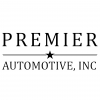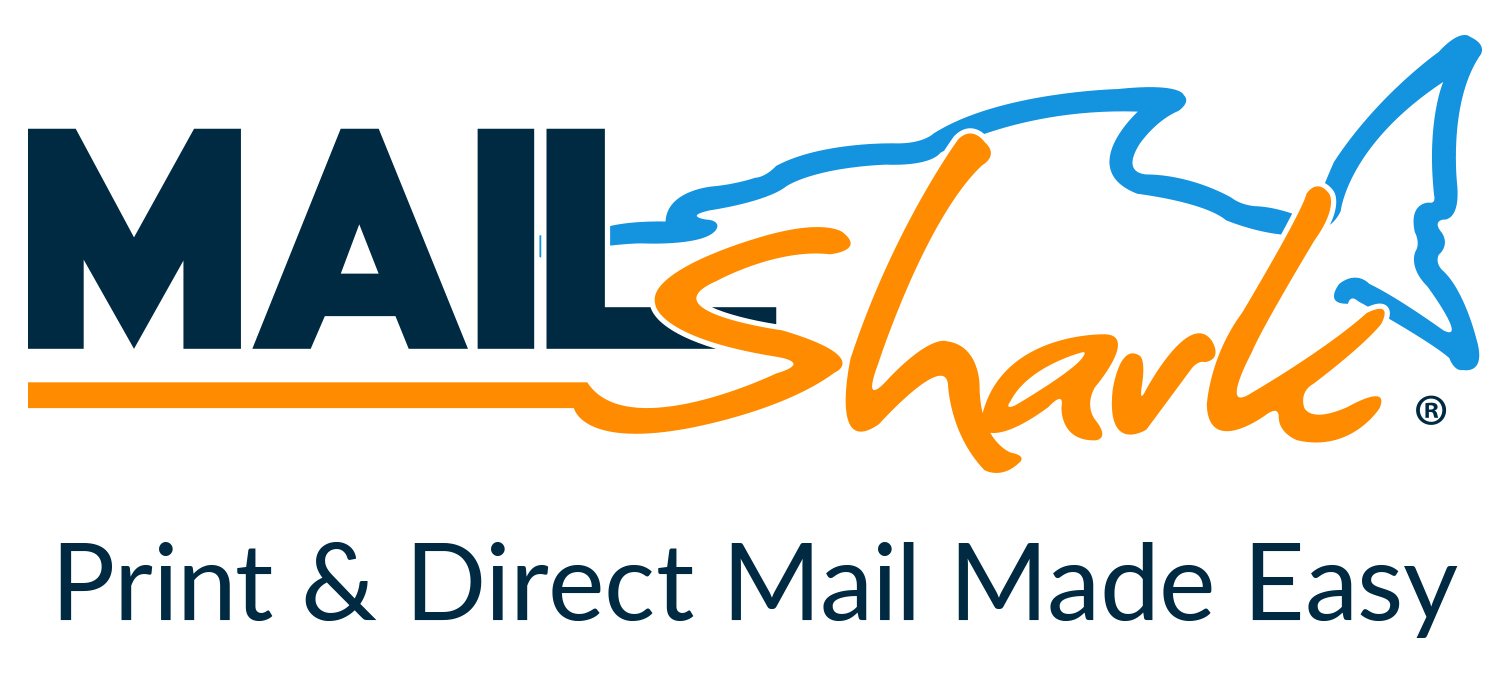Effective labor rate
-
Have you checked out Joe's Latest Blog?
-
By Joe Marconi in Joe's Blog5 commentsI recently spoke with a friend of mine who owns a large general repair shop in the Midwest. His father founded the business in 1975. He was telling me that although he’s busy, he’s also very frustrated. When I probed him more about his frustrations, he said that it’s hard to find qualified technicians. My friend employs four technicians and is looking to hire two more. I then asked him, “How long does a technician last working for you.” He looked puzzled and replied, “I never really thought about that, but I can tell that except for one tech, most technicians don’t last working for me longer than a few years.”
Judging from personal experience as a shop owner and from what I know about the auto repair industry, I can tell you that other than a few exceptions, the turnover rate for technicians in our industry is too high. This makes me think, do we have a technician shortage or a retention problem? Have we done the best we can over the decades to provide great pay plans, benefits packages, great work environments, and the right culture to ensure that the techs we have stay with us?
Finding and hiring qualified automotive technicians is not a new phenomenon. This problem has been around for as long as I can remember. While we do need to attract people to our industry and provide the necessary training and mentorship, we also need to focus on retention. Having a revolving door and needing to hire techs every few years or so costs your company money. Big money! And that revolving door may be a sign of an even bigger issue: poor leadership, and poor employee management skills.
Here’s one more thing to consider, for the most part, technicians don’t leave one job to start a new career, they leave one shop as a technician to become a technician at another shop. The reasons why they leave can be debated, but there is one fact that we cannot deny, people don’t quit the company they work for, they usually leave because of the boss or manager they work for.
Put yourselves in the shoes of your employees. Do you have a workplace that communicates, “We appreciate you and want you to stay!”
-
-
Similar Topics
-
By carmcapriotto
Thanks to our Partners, AAPEX, NAPA TRACS, and Automotive Management Network By leveraging tools like digital vehicle inspections (DVI) and customer relationship management (CRM) systems, businesses can significantly improve their operations and customer experience. These integrations allow for a more streamlined process, from diagnosing vehicle issues to maintaining consistent communication with clients. Ben Dexter, National Training Manager, NAPA TRACS Show Notes
Ben's journey in the automotive industry (00:00:55) Ben's progression from service writer to National Training Manager and his experience in the automotive industry. Importance of shop management systems (00:02:04) The critical role of shop management systems in the automotive repair industry and the support provided by NAPA TRACS. Value of training (00:03:21) The significance of investing in training and the impact of leadership participation in training programs. Building customer rapport (00:11:22) Ben's approach to building customer rapport and the importance of effective communication and attention to customer needs. Significance of scheduling (00:13:12) The shift from reactive scheduling to a coordinated approach, addressing the issues of timely and accurate repairs through effective scheduling. The power of software integrations (00:15:37) The commitment to utilizing shop management software and the potential of integrations with other tools like DVI and CRM for business growth. Utilizing shop management systems (00:19:08) Encouraging the use of shop management systems and the availability of resources for business advancement. Role of technology in DVI (00:20:42) Discussion on the coordinated effort required for effective Digital Vehicle Inspections (DVI) and the benefits of real-time communication. Challenges in utilizing software (00:22:32) Exploring the reasons behind the underutilization of software tools and the need for effective leadership and training. Importance of testing and measuring (00:25:13) Highlighting the significance of testing and measuring business performance for improvement and growth. Communication and customer service (00:28:27) Emphasizing the importance of effective communication with customers to prevent unexpected breakdowns and enhance customer satisfaction. Impact of scheduling on service advisors (00:30:07) Discussing the influence of scheduling on service advisors' decision-making and the need for consistent customer recommendations. Rethinking business analysis (00:32:47) Encouraging a reevaluation of business statistics and reports to identify missed opportunities and improve overall business strategies. Morning Meetings and Reporting (00:33:21) Discussion on the importance of morning meetings, sales reporting by service writer, and constructive performance discussions. Maximizing Existing Resources (00:34:55) Emphasizing the significance of making the most of existing resources before seeking more car count. Linear Quantity Opportunities (00:36:32) Exploration of the linear quantity opportunities in parts matrix, addressing traditional matrix problems and opportunities for improvement. Commitment to Lifelong Learning (00:38:54) Highlighting the importance of lifelong learning for success in shop management and overall strategy. Thanks to our Partners, AAPEX, NAPA TRACS, and Automotive Management Network Set your sights on Las Vegas in 2024. Mark your calendar now … November 5th-7th, 2024. AAPEX - Now more than ever. And don’t miss the next free AAPEX webinar. Register now at http://AAPEXSHOW.COM/WEBINAR NAPA TRACS will move your shop into the SMS fast lane with onsite training and six days a week of support and local representation. Find NAPA TRACS on the Web at http://napatracs.com/ Get ready to grow your business with the Automotive Management Network: Find on the Web at http://AftermarketManagementNetwork.com for information that can help you move your business ahead and for the free and informative http://LaborRateTracker.com Connect with the Podcast: -Follow on Facebook: https://www.facebook.com/RemarkableResultsRadioPodcast/ -Join Our Private Facebook Community: https://www.facebook.com/groups/1734687266778976 -Subscribe on YouTube: https://www.youtube.com/carmcapriotto -Follow on LinkedIn: https://www.linkedin.com/in/carmcapriotto/ -Follow on Instagram: https://www.instagram.com/remarkableresultsradiopodcast/ -Follow on Twitter: https://twitter.com/RResultsBiz -Visit the Website: https://remarkableresults.biz/ -Join our Insider List: https://remarkableresults.biz/insider -All books mentioned on our podcasts: https://remarkableresults.biz/books -Our Classroom page for personal or team learning: https://remarkableresults.biz/classroom -Buy Me a Coffee: https://www.buymeacoffee.com/carm -The Aftermarket Radio Network: https://aftermarketradionetwork.com -Special episode collections: https://remarkableresults.biz/collections
Click to go to the Podcast on Remarkable Results Radio
-
By carmcapriotto
Thanks to our Partner, NAPA TRACS and AutoFix Auto Shop Coaching A deep dive into the SWOT analysis of our industry with a panel of shop owners. As we navigate the evolving automotive landscape, it's crucial to turn threats into opportunities, revving up for success. Andy Fiffick, CEO Rad Air, 10-locations, franchise. Listen to Andy’s other episodes HERE Greg Bunch, Aspen Auto Clinic, Transformers Institute. Listen to Greg’s previous episodes HERE. Brian Sump, Avalon Motor Sports, and Urban Auto Care, CO. Brian’s previous episodes HERE
Watch Full Video Episode The Concept of Mastermind (00:01:58) Discussion on the concept of mastermind, its origins, and its application in the automotive industry. The Role of Independent Repair Shops (00:02:47) The nimbleness and expertise of independent repair shops compared to dealership networks, and the need for better public perception. Challenges of Independent Repair Shops (00:04:49) The weaknesses and challenges faced by independent repair shops, including the lack of unified marketing efforts and lobbying. Perception and Marketing of the Industry (00:09:16) The need for greater respect and recognition for the automotive aftermarket industry, and the importance of effective marketing strategies. Courage and Self-Respect (00:12:36) The courage and self-respect required to succeed in the automotive industry, along with the need for transformation in mindset. Advancements in the Industry (00:14:35) The industry's progress and advancements, challenges faced by smaller independent shops, and the industry's value and fragmentation. Image and Perception of Independent Shops (00:16:25) The importance of image, modernization, and professionalism in independent repair shops to build trust and attract customers. Training Engagement (00:17:15) Discussion on the importance of owners engaging in training with employees and setting an example. Shop Management System (00:17:49) Importance of a shop management system for profitability and efficiency, and the support and training offered by NAPA TRACS. Auto Shop Coaching (00:18:00) The benefits of Auto Shop Coaching in redefining success and efficiency within a shop, and the importance of accountability. Owners' Involvement in Training (00:21:03) The importance of owners attending training classes and being involved in the learning process to understand and support their employees. Challenges in Attracting Talent (00:23:36) Discussion on the challenges of attracting and retaining young talent in the automotive industry. Opportunities in Change (00:28:07) The positive aspects of change, embracing new technology, and being first to market with innovative equipment. Industry Opportunities (00:29:58) Discussion on the opportunities for growth and impact in the automotive industry, despite challenges and competition. Rising to the Opportunity (00:30:47) Embracing the opportunity to make a significant impact in the industry through creativity, thought, and effort. Car Count and Economy (00:33:37) Discussion on the impact of car count and the economy on the automotive industry. Challenges with Car Maintenance (00:34:16) Issues with consumer awareness of car maintenance, including oil changes and service intervals. Barrier to Entry (00:35:29) The increasing barrier to entry for new shop owners due to technological advancements and specialized skills required. Consolidation and Opportunities (00:38:26) Opportunities for family-owned and independent operations amidst market consolidation and private equity involvement. Threats and Strategic Thinking (00:43:22) Discussion on threats such as constant change, aging technicians, and government involvement, and the need for strategic thinking. Future of the Automotive Industry (00:46:52) Optimistic outlook on the future of the industry, including the potential for strong independent shop operators to thrive. Mental Resilience and Rising Costs (00:48:31) The importance of mental resilience and adapting to rising costs as a key factor in the industry's success.
Thanks to our Partner, NAPA TRACS NAPA TRACS will move your shop into the SMS fast lane with onsite training and six days a week of support and local representation. Find NAPA TRACS on the Web at http://napatracs.com/ Thanks to our Partner, Auto-Fix Auto Shop Coaching Proven Auto Shop Coaching with Results. Over 61 Million in ROI with an Average ROI of 9x. Find Coach Chris Cotton at AutoFix Auto Shop Coaching on the Web at https://autoshopcoaching.com/ Connect with the Podcast: -Follow on Facebook: https://www.facebook.com/RemarkableResultsRadioPodcast/ -Join Our Private Facebook Community: https://www.facebook.com/groups/1734687266778976 -Subscribe on YouTube: https://www.youtube.com/carmcapriotto -Follow on LinkedIn: https://www.linkedin.com/in/carmcapriotto/ -Follow on Instagram: https://www.instagram.com/remarkableresultsradiopodcast/ -Follow on Twitter: https://twitter.com/RResultsBiz -Visit the Website: https://remarkableresults.biz/ -Join our Insider List: https://remarkableresults.biz/insider -All books mentioned on our podcasts: https://remarkableresults.biz/books -Our Classroom page for personal or team learning: https://remarkableresults.biz/classroom -Buy Me a Coffee: https://www.buymeacoffee.com/carm -The Aftermarket Radio Network: https://aftermarketradionetwork.com -Special episode collections: https://remarkableresults.biz/collections
Click to go to the Podcast on Remarkable Results Radio

-
By Changing The Industry
Episode 159 - Facing Harsh Climates, Staff Dynamics, and Industry Changes With Kory Rozema
-
-
Our Sponsors





.thumb.jpg.2b345efc275b9df0af2bbb306a10a78a.jpg)









Recommended Posts
Create an account or sign in to comment
You need to be a member in order to leave a comment
Create an account
Sign up for a new account in our community. It's easy!
Register a new accountSign in
Already have an account? Sign in here.
Sign In Now